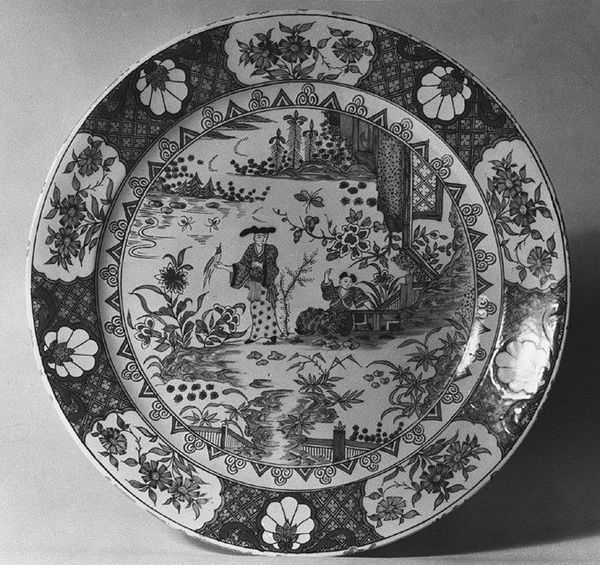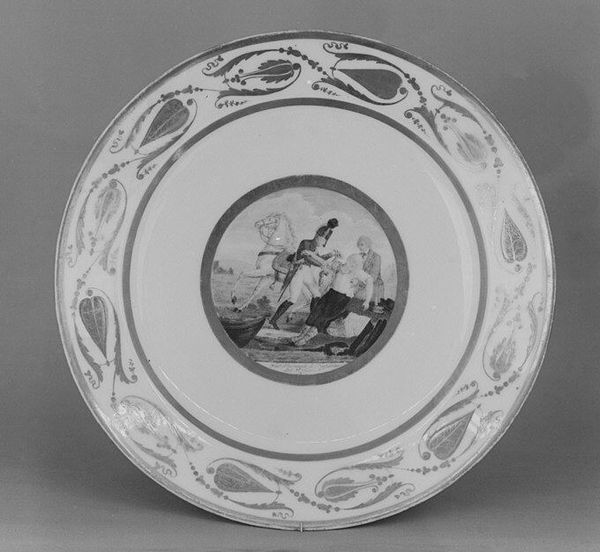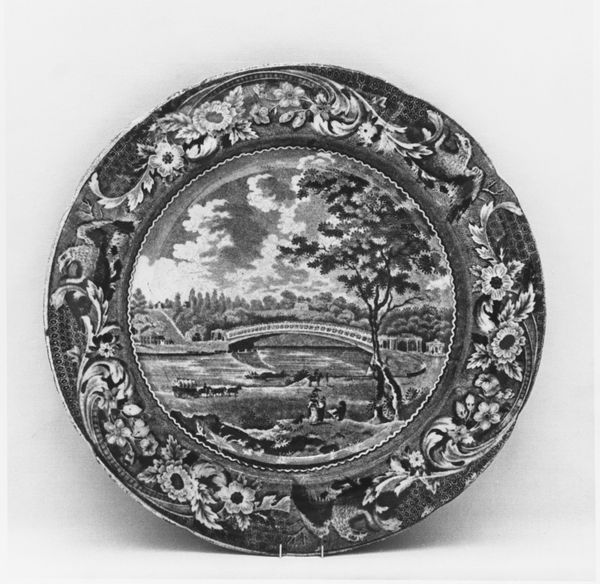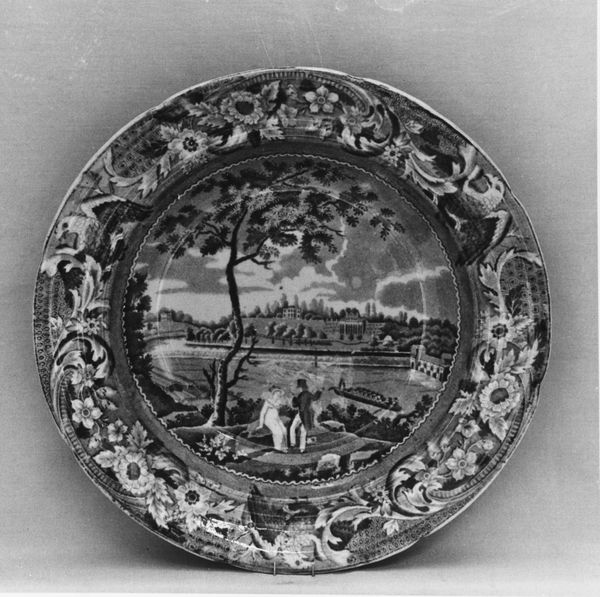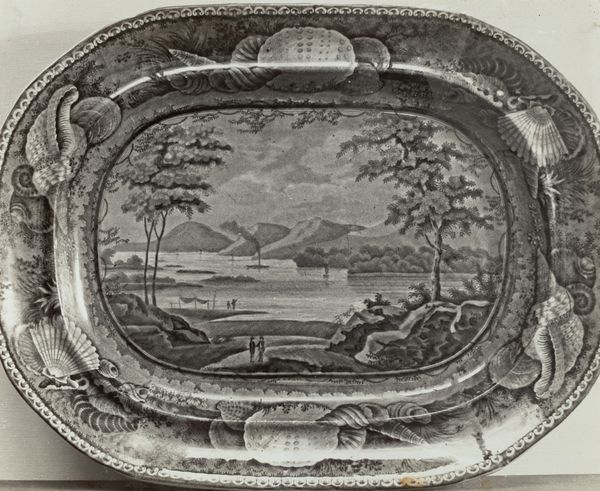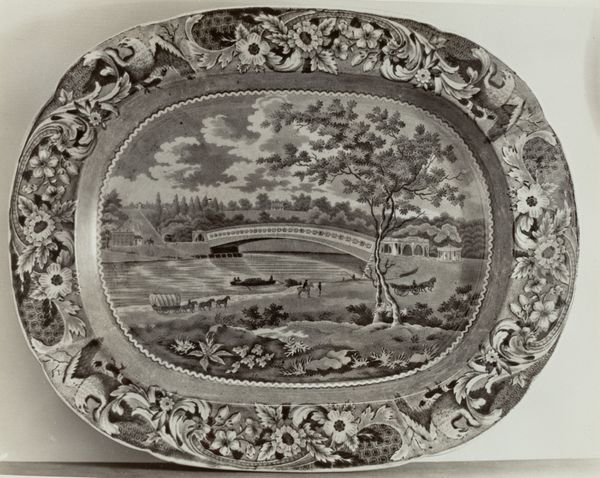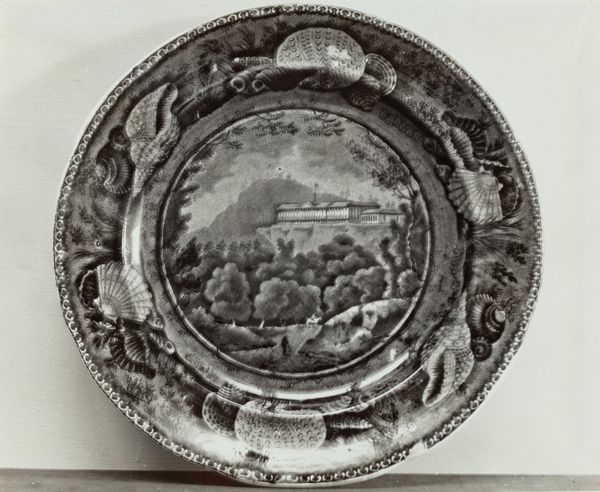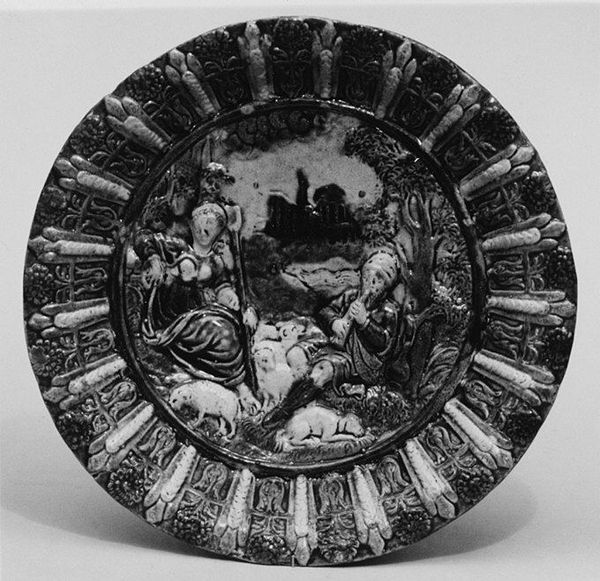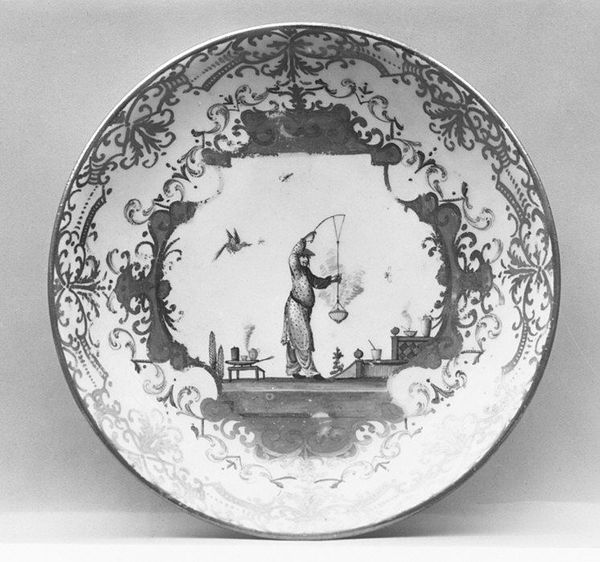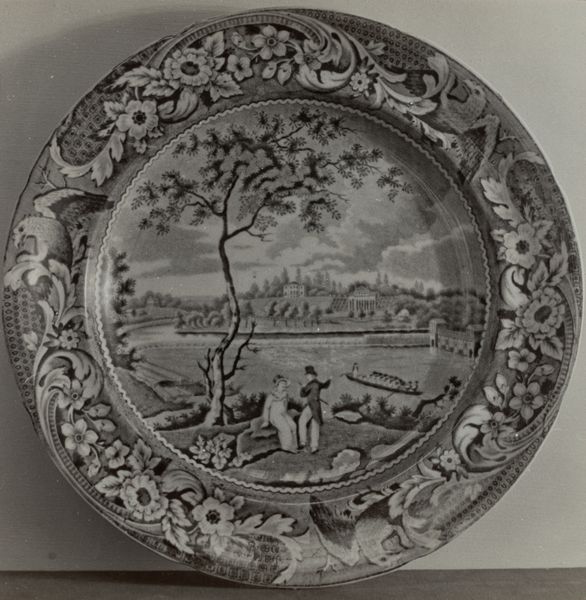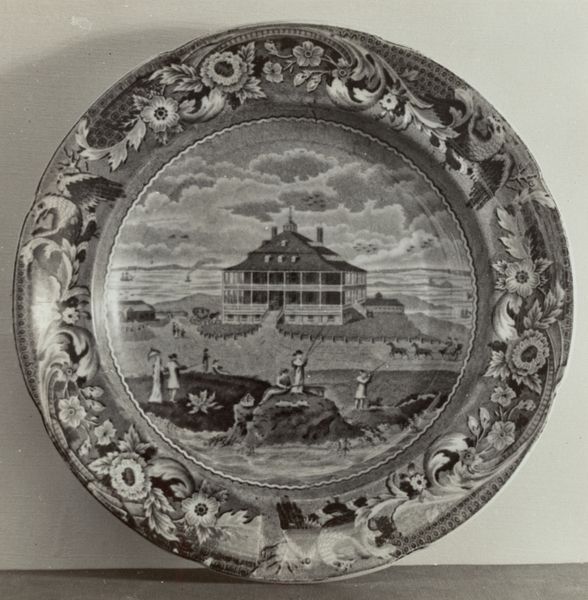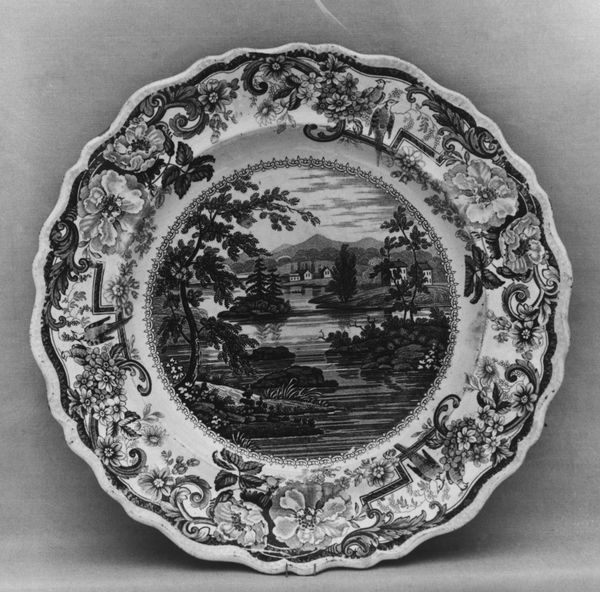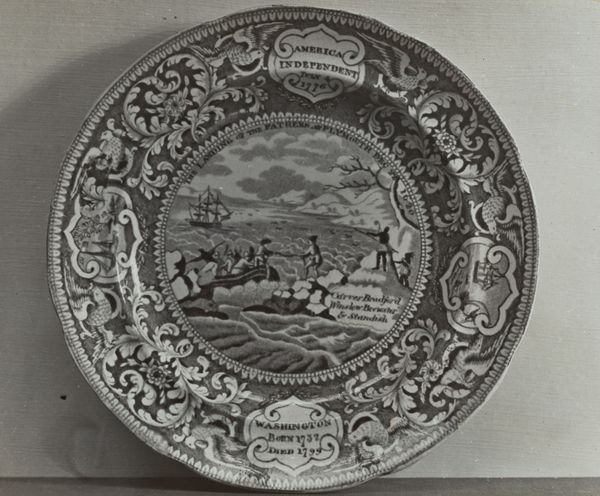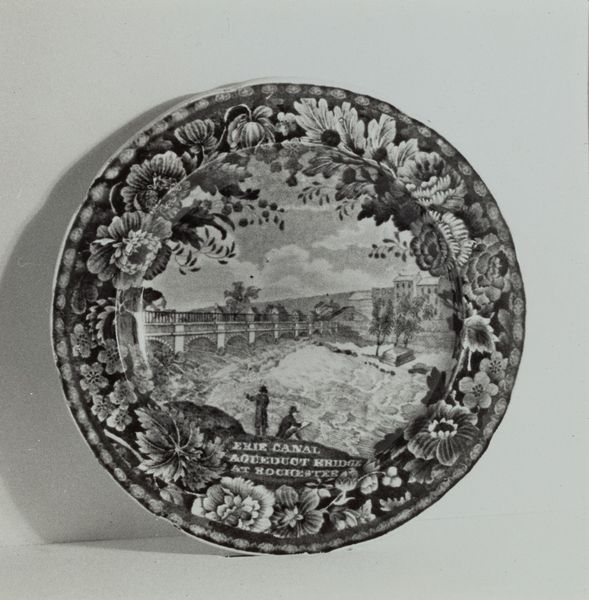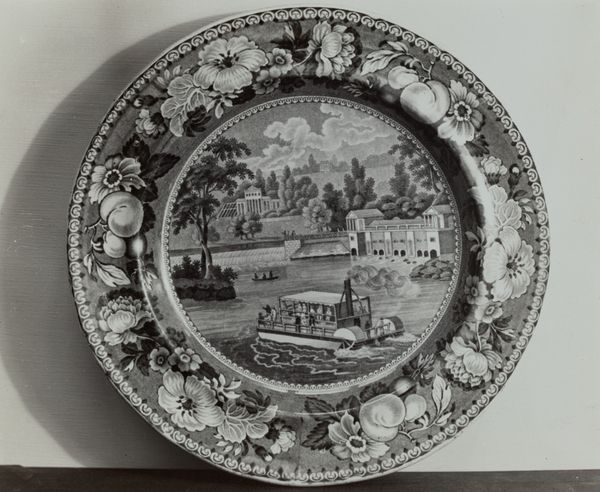
drawing, ceramic, porcelain
#
drawing
#
ceramic
#
porcelain
#
ceramic
#
genre-painting
#
history-painting
#
decorative-art
#
rococo
Dimensions: Overall (teabowl .237): 1 5/8 × 3 1/4 in. (4.1 × 8.3 cm); Diameter (saucer .238): 4 3/4 in. (12.1 cm)
Copyright: Public Domain
Editor: Here we have a porcelain teabowl and saucer, made by Meissen Manufactory between 1715 and 1730. The monochrome drawings depict scenes of war. It feels a bit odd, actually. Tea sets are usually so delicate and peaceful, and this feels almost aggressive. How do you interpret this work? Curator: That initial sense of disharmony is precisely where the work becomes compelling, isn't it? This isn't mere decoration; it's a deliberate statement. Think about the period – the early 18th century was rife with conflict, driven by imperial ambitions and shifting power dynamics. Placing those conflicts onto an object associated with leisure, even feminine culture, complicates the narrative. Editor: So, it’s almost subversive? Like, "let's have tea amidst the chaos"? Curator: Exactly! Consider the violence inherent in the porcelain trade itself, the exploitation of resources and labor in places like China, where the materials and techniques originated. Meissen was essentially profiting off replicating these. What appears as delicate ornamentation can actually be read as a commentary on the very real costs of luxury and colonialism. What stories do you think those tiny figures tell? Editor: It’s weird to think of such a seemingly precious item having such a loaded history. You’ve made me think about who benefitted from these wars, and how their lives were smoothed and enriched because of all the bloodshed. Thank you. Curator: And it serves as a reminder that beauty and violence are not always mutually exclusive, they are historically and consistently entangled, aren't they? An important consideration when engaging with all decorative arts.
Comments
No comments
Be the first to comment and join the conversation on the ultimate creative platform.
